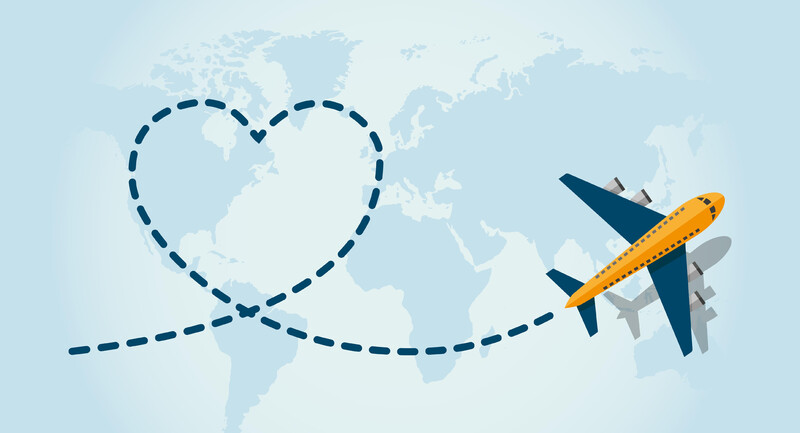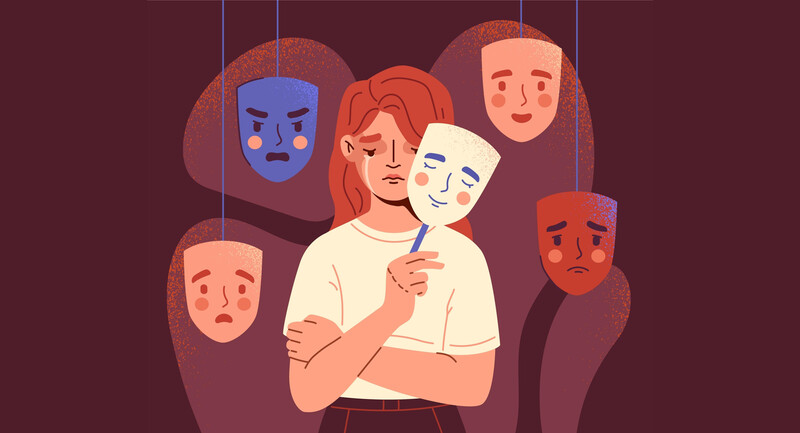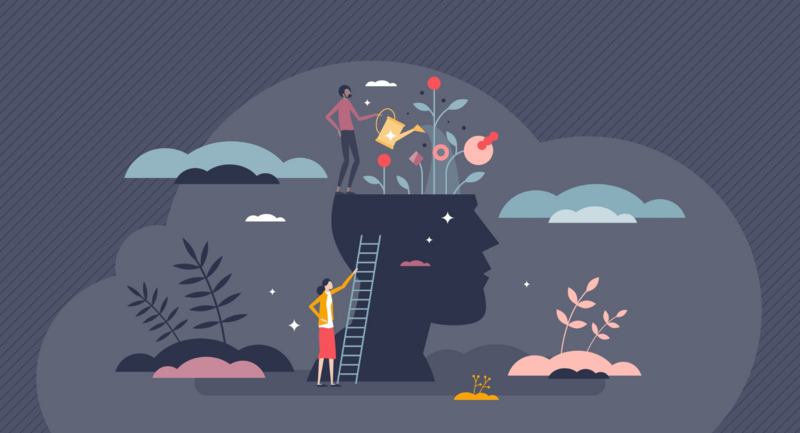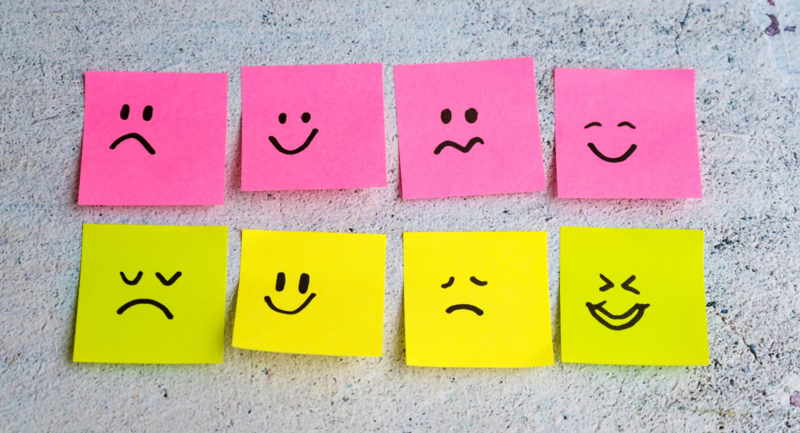Written by Oran Tkatchov and Dan Brown
What we call stress, anxiety, unhappiness, and exhaustion are not problems in life. They are symptoms of life. They are found in the way we treat one another, how we treat ourselves, and how we treat life. Unfortunately, many of these symptoms are prevalent in today’s schools for both students and teachers. How in the world did we get to this point?
In 2001, No Child Left Behind (NCLB) was passed to reauthorize the Elementary and Secondary Education Act. The intentions of NCLB were well-meaning: academic standards would be created to ensure all students would learn the same high-level content, assessments would be put in place to ensure that every student would be proficient in reading by 2013, and teachers needed to be highly-qualified in their academic content areas. But what about other areas that make people successful, such as self-management, social awareness, empathy or relationship building? NCLB did not address these, possibly because it was assumed these “soft skills” would be taught in the home or in the community.
During the same time, a completely separate phenomenon also began to pick up steam. In the late 1990’s, social media was in the process of gestation as seen by the introduction of online features like instant messaging. By 2002 many social media platforms were already in existence, ranging from discussion boards to social networks, making the ability to communicate without any face-to-face contact amazingly easy, and to some, preferable. This form of communication could relay messages to the masses sans emotional connectors like body language, eye contact or tone of voice.
After two decades of this perfect storm (the rise of social media platforms and the decline of directly addressing relationship building and human empathy), it is no wonder that recent studies show that the youth and adolescents of today suffer from more stress and anxiety than those that came before them. The assumption that our students would learn about socio-emotional learning (SEL), which includes topics such as understanding emotions, setting goals, and interacting with others, has not been provided for all students. As Daniel Rechtschaffen writes in his book The Way of Mindful Education, “In educating children we are training them on how to navigate the world, but we usually skip the operating manual.” It has reached a tipping point where now in 2018, business leaders, teachers, and families are beginning to acknowledge that academics without socio-emotional health does not make a child fully educated.
Will finding time for SEL in the school day take away from the academic gains we’ve focused on since 2001? Excitingly, research shows the addition of SEL in schools does not subtract from academic prowess. Practitioners confirm positive academic growth when students are mindful of their pro-social behaviors. The addition of SEL in instruction provides students and teachers an opportunity during the school day for introspection which in turn creates an environment more conducive to learning. The impact of this inward-then-outward mindset has shown to make a significant difference in classroom management as well in less supervised activities such as recess and during lunch. Students and staff have been found to be less anxious, frustrated, and angry when having a greater conscious awareness of the value of kindness, compassion, and empathy.
Introducing SEL into classrooms across all grade levels does require teacher training, but luckily there is not just one right way to achieve the results. For example, initiatives like restorative justice rely on mindfulness to make students understand the consequences of their actions, which increases the likelihood students have the tools to work through a future crisis/conflict. Some schools have adjusted schedules to ensure both teachers and students are provided time each week to reflect on what needs to happen to have a productive day, how to build relationships among students and staff, and how each person’s actions are assisting in creating a positive learning environment.
In this day and age where electronic information and messages bombard teachers and students from the moment they wake until the moment of rest, more than ever schools must address providing stakeholders with the tools to “think about what they are thinking” and to be mindful of which words are used and which actions are taken. Remember, education is not necessarily just about reading, writing and arithmetic. Those committed to the field of education also create environments where students can learn to become consciously aware of how to work through the social-emotional experiences that will be encountered in life.
Oran Tkatchov is the co-author of Success for Every Student – A Guide to Teaching and Learning. His educational career has included such roles as a middle school English teacher, high school English teacher and charter school director. For over a decade he directed and provided professional development in the areas of special education and school/district improvement at the Arizona Department of Education. He currently supports professional learning at the Arizona State Schools for the Deaf and the Blind.








